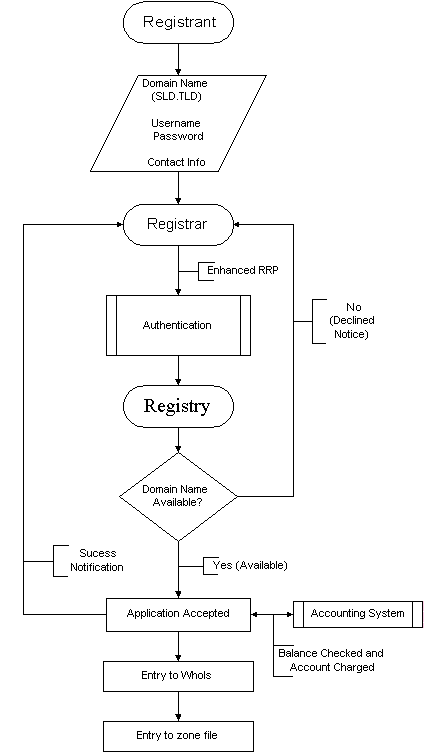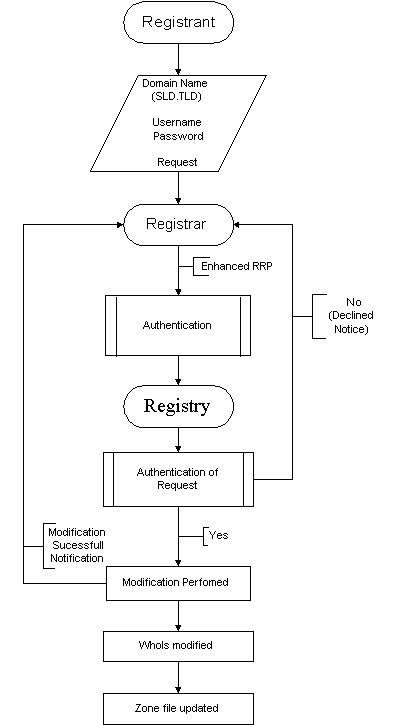ICANN Registry Proposal
Registry Operator's Proposal - TECHNICAL CAPABILITIES AND PLAN D15.2.2. Registry-registrar model and protocol. Please describe in detail. We propose to work with Internet Computer Bureau who are leaders in Top Level Domain Registry system design and implementation. Through their work both as technical operators of a number of ccTLD, their affiliated company REACTO.com (builder of ICANN Accredited Registrar’s systems), and their affiliation with Group One Registry gives Group One significant experience in Registry-Registrar protocols and software. ICB’s technology is very diverse to accommodate registrars in areas where Internet connectivity is very robust and in areas where connectivity is intermittent. As part of Group One’s desire to have an all inclusive registrar program for Registrars where connectivity is unreliable we have an authenticated and encrypted email interface which has the same functionality as the more common Secure Socket Layer registry Process, used where internet connectivity is robust. All communications with the registry using the direct connection mode must be over encrypted SSL link on port 648 assigned by IANA for Registry – Registry Protocols. The Protocol is similar to that already employed by ICANN Accredited Registrars and reflects certain elements of RFC 2832 which describes the RRP of NSI. For the Group One Registry business model to operate at the highest technical level as a "fat" registry (where the WHOIS information is held by the Registry), enhancements have been made to the fundamental RFC 2832 standard to produce the Enhanced RRP ("ERRP") model. Group One Registry intends to provide a centralized WHOIS services and disaster recovery service to safeguard the interests of the broader Internet community. Like NSI's RRP every connection is authenticated, using IP address, the integrity of the x509 Certificate and the identity and password of the Registrar. The ERRP has the following functionality: - Check availability of a domain "IS" command
- Register and confirm new application
- Modify and confirm status of domain modifications.
- Modify and confirm status of registrant/Admin/Tech/Billing contact modifications.
- Modify and confirm status of name server modifications.
- Notification of names up for renewal within 60 day period.
- To renew domains for x years.
- Status of draw down account balance.
- Modify the IP authorized IP address(es) and or server name(s) of the interfacing servers.
- Registrar socket control
- Registrar Account management tool.
- Password Registrar to access internal accounts/admin pages.
- Hostname of the Registrars approved servers.
- SSL management tool.
- Registrar number of years for renewal
- Registrar to suspend the activation of a domain.
- Deletion of name
- Transfer of Name
By means of example below is an overview diagram relating to the use of the ERRP for a new application: 
Determine the availability of a name – This is achieved using an “IS” command that simply identifies whether a names is available (real-time) without needing to disclose to the Registrar the full WHOIS information. This also reduces the bandwidth consumption of the registrar who may then disregard the majority of information returned. Assuming the domain is available the application is accepted and processed and the relevant entries made in the appropriate distributed databases and the Registrar notified of the acceptance of the application. The following diagram shows a domain name modification. 
CONFIDENTIAL: See Exhibit D for the detailed ERRP specification (42 pages). | 




